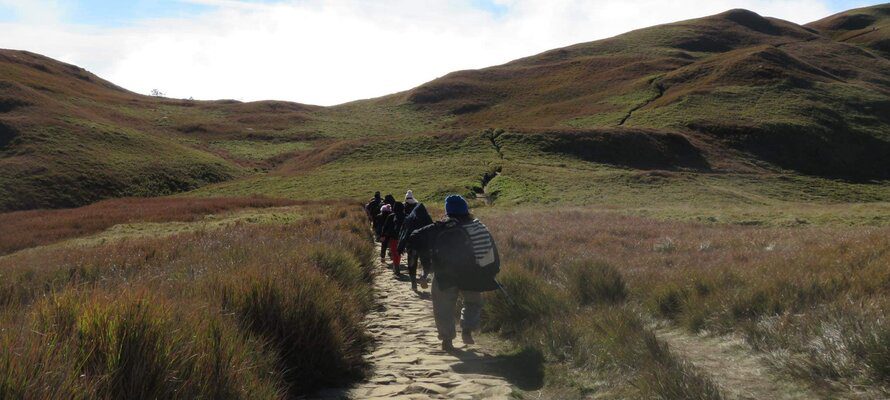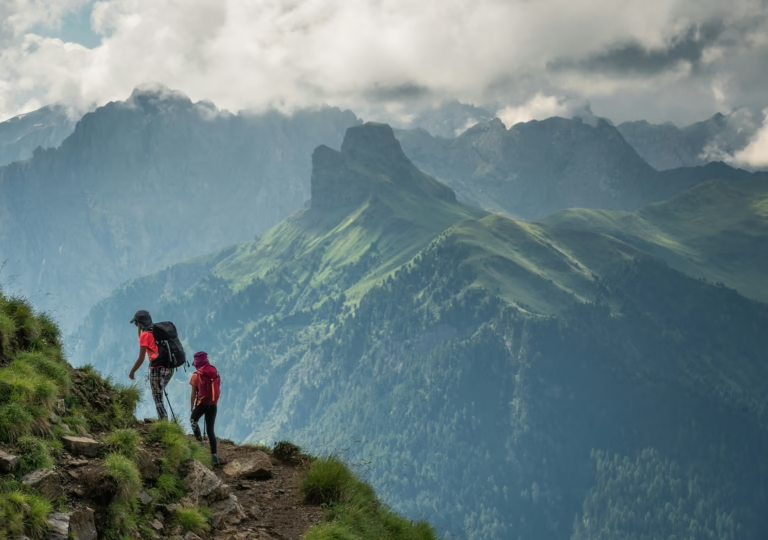Ever thrown on a backpack and set off, only to wonder if you were really…hiking? Believe it or not, there’s a big difference between a walk in the park and a true hike.
The latest survey from Statista covering people who went hiking in the US showed that over 60 million Americans go hiking at least once every year. But are you one of them?
This article will clear things up. We’ll delve into the world of hiking, separating it from its casual cousin, walking.
We’ll cover everything from distance and terrain to gear and health benefits, so you can confidently conquer the trails with the right mindset and preparation. Let’s get started!
Is Hiking the Same as Walking?
Hiking and walking are different activities, even if they both involve moving on foot. Walking has a broader sense, including everything from urban strolling to brisk walks and strolls, while hiking is a more intense activity.
What is Hiking?
Hiking is an outdoor activity that involves walking for long distances, typically through natural landscapes such as forests, mountains, or wilderness areas.
The hiking definition includes traversing trails or paths, sometimes over challenging terrain, and may require carrying essential supplies like food, water, and navigation tools. Hiking is popular for recreation, exercise, and exploration of nature.
What Distance Is Considered a Hike?
Hikes typically cover longer distances than walks, ranging from 5 to 20 miles, or even longer for backpacking expeditions. However, it’s not just about the distance but the terrain and elevation gain that make it a hike.
Tip: Not all trails are created equal. A 5-mile hike through flat terrain might be easier than a 2-mile hike with steep inclines and uneven paths. Choose your adventure wisely!
Hike vs Walk: What Are the Differences?
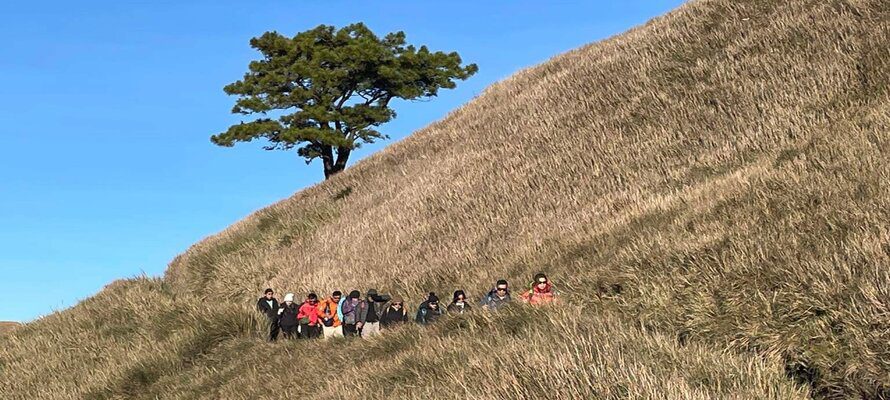
The main differences between hiking and walking are length, intensity, and preparation. However, over the years, I’ve discovered that there are other nuances as well, which reflect on your overall health, muscles engaged, and energy expense. Let’s discuss all these in detail.
Pace and Exertion
Walking involves strolls in the park or along paved paths. The pace is conversational, the effort is low, and you can easily chat with your companion. For me, this means making 2-3 miles per hour (mph) on flat terrain.
Hiking ramps things up. Trails are often uneven, uphill sections test your lungs, and descents demand focus. My pace is usually slower (1-2 mph), as I experience moderate to vigorous exertion, depending on the terrain and elevation gain.
Environment
When it comes to walking, paved paths, sidewalks, and urban green spaces are your typical stomping grounds. Everything is predictable, and you have easy access to all sections of the route.
With hiking, you embrace the wild! Expect dirt trails, uneven terrain, rocks, roots, and maybe even some stream crossings. Nature takes center stage, offering stunning scenery and diverse ecosystems.
Preparation and Planning
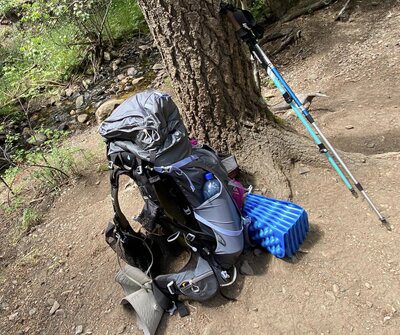
One major difference between walking and hiking is the level of preparation before each activity.
When I go for a walk, I pack light with essentials like water, sunscreen, and maybe a snack. Planning is minimal, as most walks are close to my home and readily accessible.
But I always gear up for day hikes or multi-day hikes. Sturdy hiking boots, a backpack with navigation tools, a first-aid kit, and weather-appropriate layers are crucial.
I research the trail, check weather forecasts, and inform someone of my plans. Hiking often involves venturing into remote areas, so preparation is key to safety.
Elevation Gain
A walk takes place on gentle slopes or flat surfaces. That’s why your heart rate stays relatively steady, and you can cover more miles.
With hiking, things get vertical! Expect significant elevation changes, challenging your cardiovascular system and leg muscles. Be prepared for uphill battles and rewarding downhill stretches.
Muscle Engagement
When switching from walking to hiking, I immediately felt a change in the way my muscles were engaged. It wasn’t only the intensity but the type of muscles each activity activated.
For instance, walking primarily works your calves, quads, and hamstrings, offering a moderate workout, while hiking engages your entire body [1]!
Core muscles stabilize you on uneven terrain, glutes power uphill climbs, and quads and hamstrings work overtime on descents. It’s a full-body workout that builds strength and endurance.
Health Benefits
Both activities are great for your health. Walking lowers blood pressure, improves cardiovascular health, and boosts mood.
Hiking, on the other hand, offers all the above plus increased bone density, improved balance and coordination, and a reduced risk of chronic diseases like diabetes and heart disease.
A study published in the Journal of Environmental Management (2023) showed that spending time in nature can even improve cognitive function and reduce stress.
Calories Burned Per Mile
It’s easy to understand that the harder you push yourself, the more calories you burn. I used an app to measure my calorie burn rate both for walking and hiking. In the first case, the measurements showed I burned 100 calories per hour.
But with hiking, the calorie burn ramped up! Hilly terrain, elevation gain, and carrying a backpack increased the result to about 400 calories per mile. So, yes, hiking is a fantastic way to burn serious calories and get fit.
Discover your hiking calorie burn with this handy calculator.
Hiking vs Walking – Pros & Cons
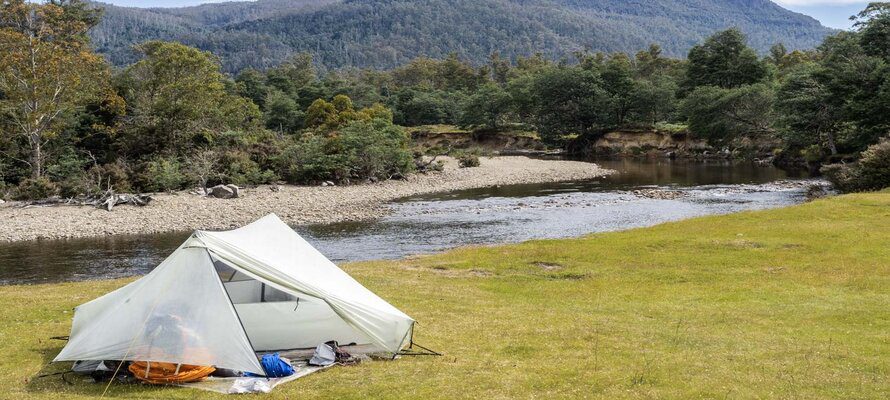
While they both sound great, it’s best to weigh the advantages and disadvantages before choosing your activity. I am a big fan of hiking, but I am also aware that it requires more responsibility and preparation.
So, let’s take a quick look at the pros and cons of each option:
Hiking
PROS
CONS
Walking
PROS
CONS
In the end, there’s no right or wrong choice! Consider your fitness level, desired challenge, available time, and access to nature when making your decision. And hey, you can always combine both!
Start with a walk and gradually progress to hikes as you build your endurance. Check out our article on how to get in shape in hiking.
The most important thing is to get out there and explore!
References
- https://marathonhandbook.com/does-hiking-build-muscles/

